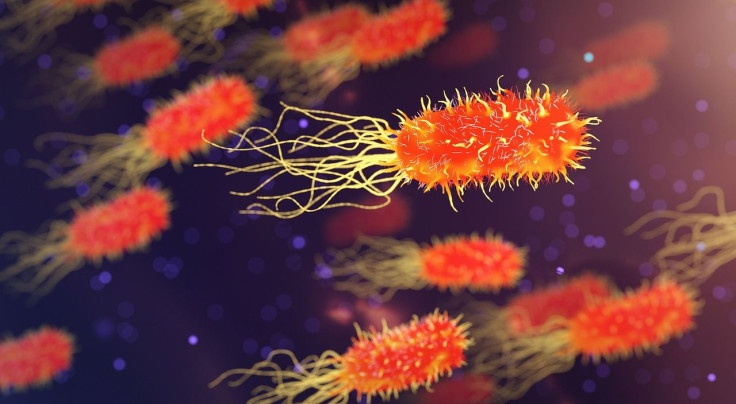Color-Changing Bandages Detect, Treat Bacterial Infections
The awareness of antibiotic resistance first emerged in 1928, with the discovery of penicillin. Ever since, the medical community has become aware that antibiotic resistance co-exists alongside the discovery of new antibiotics. This duality has become an "arms race" bacteria are winning.
That's because antibiotics indiscriminately kill both "good" bacteria (such as Bifidobacteria in our gut) and "bad" (or disease-causing bacteria such as salmonella and listeria). More ominously, chronic antibiotic misuse gives rise to antibiotic resistant bacteria such as methicillin-resistant Staphylococcus aureus (MRSA).
Today, almost a century later, antibiotic or antibacterial resistance has become a menace to world health due to greater access to antibiotic drugs, especially among people in developing countries.
The most serious concern with antibiotic resistance is some bacteria have become resistant to almost all of the easily available antibiotics such as amoxicillin. These bacteria are able to cause serious disease and this is now a major public health problem worldwide.
A major problem is developing drugs or cures that can selectively kill "bad" bacteria while sparing "good" bacteria from destruction. Chinese researchers have announced an important step towards achieving this elusive goal.
A study published in the monthly peer-reviewed open access scientific journal, ACS Central Science, revealed researchers from the Chinese Academy of Science have developed a way to do just that. The study carries the title "Colorimetric Band-aids for Point-of-Care Sensing and Treating Bacterial Infection" and was authored by Yuhuan Sun, Chuanqi Zhao, Jingsheng Niu, Jinsong Ren and Xiaogang Qu.
The study said the research team constructed "a portable paper-based band-aid (PBA) which implements a selective antibacterial strategy after sensing of drug resistance. The colors of PBA indicate bacterial infection (yellow) and drug resistance (red), just like a bacterial resistance colorimetric card."
The color-changing, paper-based bandages the team developed start out green. If a material embedded in the bandage detects an acidic environment, which is normally caused by bacterial infection, it will turn yellow and release an antibiotic that kills non-resistant, or drug-sensitive, bacteria.
On the other hand, if the material in the bandage detects an enzyme produced by resistant microbes, the bandage will turn red as it releases antibiotics. Doctors then have to shine a light on the wound. The study said this photodynamic therapy uses a drug called a photosensitizer and a particular wavelength of light. This combination causes the photosensitizer to produce a form of oxygen that weakens the bacteria and makes it more susceptible to antibiotic treatment.
Researchers reported testing the bandages on mice. This validated the PBA's capability to sense E.coli infection and distinguish between drug-sensitive and drug-resistant cases. The study said the respective treatments showed signs of working.
The research team believes that if it can perfect the bandages, they can offer a new, low-cost approach to monitoring and treating wounds, even those with drug-resistant bacteria.




























